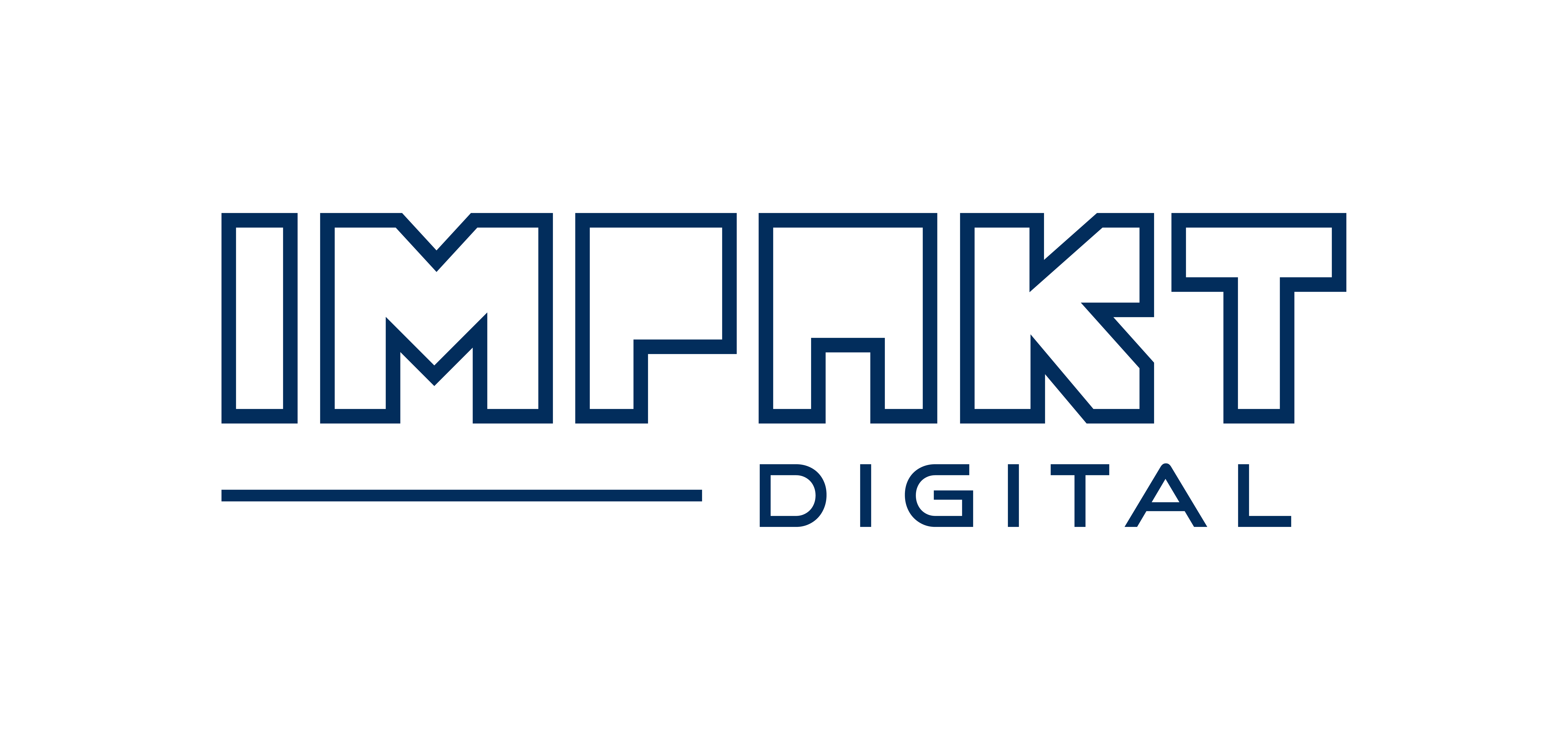
In the ever-evolving digital landscape, businesses constantly invest in various marketing campaigns to foster growth and enhance brand visibility. One key component that remains crucial in this digital voyage is understanding the Return on Investment (ROI). But how do you effectively measure the ROI of your digital marketing campaigns?
1. Setting Clear Objectives
Before delving into analytics and numbers, defining what success looks like for your campaign is crucial. Set SMART (Specific, Measurable, Achievable, Relevant, Time-bound) goals that align with your business objectives.
2. Employing Analytics Tools
In the digital era, many analytics tools are available to track the performance of your campaigns. Google Analytics, Facebook Insights, and HubSpot are some industry standards that offer comprehensive insights.
3. Understanding Key Metrics
Identifying and understanding the key metrics relevant to your campaign is essential. These can include traffic, conversions, click-through rates (CTR), engagement, and sales.
Traffic and Engagement:
These metrics provide insights into how many people are interacting with your content and how they are engaging with it.
Conversions:
This critical metric signifies how many clicks or interactions resulted in the desired outcome, such as a sale, sign-up, or download.
Sales:
Ultimately, the sales metric will indicate your campaign’s tangible results in revenue generated.
4. Calculating the ROI
Once you have the data on your earnings from the campaign and the amount invested, calculating the ROI is a straightforward process:
ROI=(NetProfit/CostoftheCampaign)x100
So, if your profit was $ 5,000 on a spend of $2,000, your ROI is 250%.
This simple formula will give you a percentage representing the investment return.
5. Evaluating the Customer Acquisition Cost (CAC)
It is essential to understand how much it costs to acquire a new customer through your campaign. Divide the total cost of the campaign by the number of customers acquired to calculate the CAC.
6. Assessing Customer Lifetime Value (CLV)
CLV represents the total revenue you can expect from a customer throughout their relationship with your business. Assessing the CLV against the CAC provides a long-term view of your campaign’s value.
7. Leveraging Multi-Channel Attribution
Consumers interact with brands through multiple channels before converting. Multi-channel attribution models help you understand customers’ various paths, attributing value to each touchpoint.
8. Conducting A/B Testing
A/B testing involves comparing two versions of a webpage or campaign to see which performs better. This form of testing is invaluable for optimizing campaigns and improving ROI.
9. Listening to Customer Feedback
Customer feedback can offer invaluable insights into the effectiveness of your marketing strategies and areas for improvement.
10. Adjusting Strategies Based on Insights
Measuring ROI shouldn’t just be about validating success or identifying failures. It should inform future strategies, helping you refine and optimize your digital marketing efforts for better outcomes.
Conclusion
Measuring the ROI of digital marketing campaigns is both an art and a science. It involves understanding key metrics, leveraging analytics tools, and making data-driven adjustments to your strategy. By effectively measuring your ROI, you validate your campaigns’ success and gather essential insights to fuel future marketing endeavors, ensuring sustained growth and success in the digital realm.




